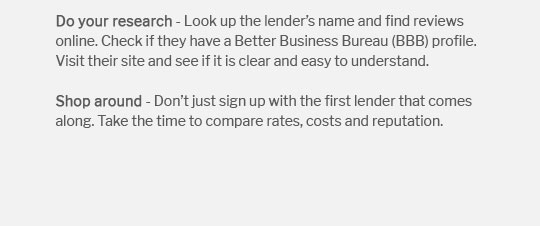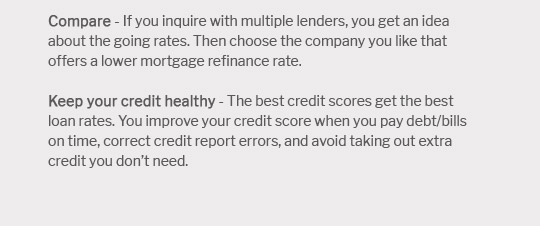 |
|||
 |
 |
 |
||
|---|---|---|
 |
||
 |
||
 |
||
 |
||
 |
 |
 |
 |
Understanding Help to Buy Mortgage Rates: An In-Depth AnalysisThe world of mortgages can be complex, with various schemes and rates that may leave potential homeowners feeling overwhelmed. Among these schemes, the Help to Buy initiative stands out as a government-backed effort to assist first-time buyers in their quest to own a home. However, understanding Help to Buy mortgage rates is crucial for making informed decisions. This article aims to provide a comprehensive overview, delving into the pros and cons while offering valuable tips. Firstly, it's important to understand the structure of the Help to Buy scheme. Essentially, the government offers an equity loan that reduces the initial financial burden on buyers. This loan can cover up to 20% of the property's value (40% in London), which means that buyers need only a 5% deposit, with the remaining 75% covered by a mortgage. But how do mortgage rates factor into this equation?
Furthermore, mortgage rates themselves can vary significantly depending on the lender and the specific terms offered. It's essential to shop around and compare rates from various providers. Some may offer competitive rates for Help to Buy loans, but these can be offset by higher fees or less favorable terms elsewhere in the mortgage agreement. One must also consider the potential for rate changes, especially in a fluctuating economic environment. Another subtle point to consider is the long-term financial impact. While the Help to Buy scheme can facilitate entry into the housing market, it also means that a portion of any increase in the property's value must be shared with the government when the home is sold, or the loan is repaid. This can limit the equity built up over time compared to a traditional mortgage. In conclusion, while the Help to Buy scheme offers a viable pathway to homeownership for many, it's crucial to weigh the advantages and disadvantages carefully. Prospective buyers should not only consider the immediate benefits of reduced initial costs but also plan for the eventual rise in payments and the impact on their long-term financial goals. It's advisable to consult with a financial advisor to navigate these complexities effectively. By doing so, you can make a well-informed decision that aligns with your financial situation and homeownership aspirations. https://migonline.com/rate-buy-down
How can Miggie help you today? - Buying a Home - Refinancing a Home. https://www.youtube.com/watch?v=5ir0MA4s-c8
In this Help to Buy Equity Loan video, you will learn how interest payments and interest rate rises are calculated, and how you can reduce ... https://www.uft.org/your-benefits/discounts-and-promotions/mortgage-discounts
Purchasing - Reduced Interest Rates and PMI may be available through Government Programs to UFT/NYSUT members. - Access to down payment assistance programs that ...
|
|---|